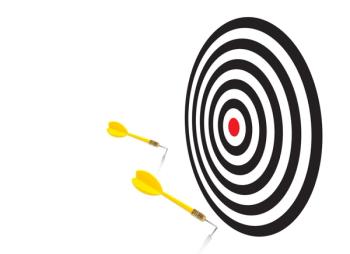
Statin Prescribing in Primary Care Boosted with EHR Prompts Plus Patient Alerts
An EHR prompt to a physician alone or in combination with a previsit patient prompt both increased statin prescribing in primary care but a patient prompt alone did not.
The use of
The data also showed that a previsit nudge to patients via text message without a subsequent ERH nudge to the physician did not impact
The findings are encouraging, study authors write, because while statins are widely known to reduce
“To our knowledge, this study is one of the largest clinical trials testing nudges to clinicians and patients. Because these interventions were automated through the EHR, they provide a scalable template that can be used by health systems more broadly to improve patient care,” wrote investigators led by Srinath Adusumalli, MD, MSHP, MBMI, the deputy director at the Penn Medicine Nudge Unit.
The Nudge Unit at Penn Medicine is described as the world’s first behavioral design team embedded within a health system. The Unit’s mission is to use insights from behavioral and implementation science to develop and deploy “scalable nudges to steer medical decision making” toward optimal patient outcomes.
The current cluster randomized clinical trial evaluated statin prescribing among 158 clinicians from 28 primary care practices in urban and suburban Pennsylvania and New Jersey. The trial began with a 12-month preintervention period during which investigators identified clinicians who treated <10 patients eligible for a new statin prescription and was followed by a 6-month intervention period.
Participants were randomized in a 1:1:1:1 fashion to a usual care group (no interventions); a clinician nudge group (EHR active choice prompt during patient visit and monthly peer feedback on prescribing patterns); a patient nudge group (interactive text message deployed 4 days prior to visit); and a combined nudge group.
The final cohort of 4131 participants had a mean age of 65.5 years; 51.3% were men, 29.3% were Black, 2.6% were Hispanic, and 66.1% were White. Atherosclerotic cardiovascular disease was diagnosed at baseline in 22.6% (n=933) of the group.
Analysis of 12-week preintervention prescribing found that statins were prescribed to 5.6% of patients in the usual care, 4.8% in the patient nudge, 6.0% in the clinician nudge, and 4.7% in the combined nudge groups.
During the 6-week intervention period Adusumalli et al report statins were prescribed in the 4 treatment groups as follows:
- Usual care 7.3%
- Patient nudge 8.5%
- Clinician nudge 13.0%
- Combined nudge 15.5%
The researchers’ adjusted analyses found that relative to usual care, clinician nudges were associated with significantly increased statin prescribing alone (5.5 percentage points [95% CI, 3.4 to 7.8]; P = .01) and when combined with the patient nudge (7.2 percentage points [95% CI, 5.1 to 9.1]; P=.001). In contrast, patient nudges alone did not significantly increase statin prescribing relative to usual care (0.9 percentage points [95% CI, −0.8 to 2.5]; P = .32).
“Our findings demonstrate the potential of using insights from behavioral economics in highly automated systems to nudge physicians toward guideline-concordant prescribing,” the authors write in a
Reference: Adusumalli S, Kanter GP, Small DS, et al.
Newsletter
Enhance your clinical practice with the Patient Care newsletter, offering the latest evidence-based guidelines, diagnostic insights, and treatment strategies for primary care physicians.

















































































































































































































































































